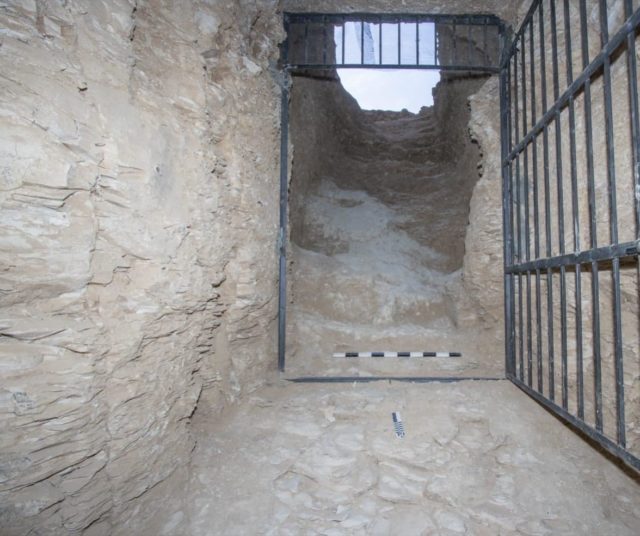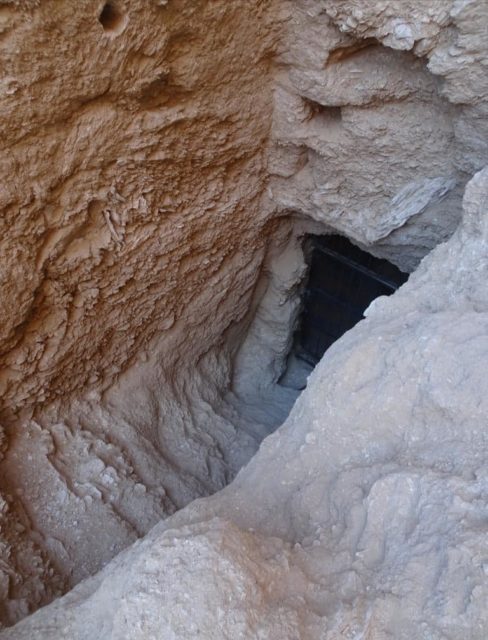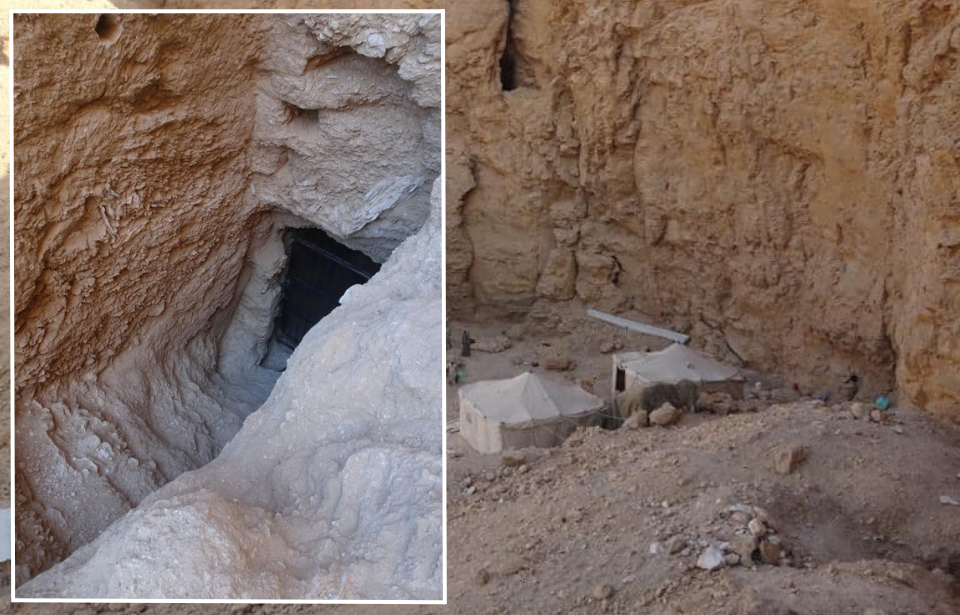A joint Egyptian-British mission between the Supreme Council of Antiquities and the University of Cambridge’s Modern State Research Foundation has unearthed a tomb believed to be the final resting place of an ancient Egyptian royal who walked the earth some 3,500 years ago.
The tomb, located in the area of the Valleys of the King and Queens, has survived thousands of years of floods, storms and looters, and is reportedly in “poor condition.”
Valleys of the Kings and Queens

The Valley of the Kings, in Egypt, is one of the most important archeological sites of the ancient world. It’s home to 62 tombs, belonging to the likes of Tutankhamen, Ramses II and Seti I. The Valley of the Queens sits not too far away and houses another collection of tombs. Among those laid to rest there were Nefertari and Sitre, the wife of Ramesses I.
Located in Luxor, which was originally the ancient city of Thebes, the tombs within the Valleys of the Kings and Queens date back over three dynasties, from 1539 to 1075 BCE. The majority have been remarkably preserved, providing researchers with new insight into the lives of the ancient Egyptians.
Discovery sheds light on life in the 18th Dynasty

Egyptian and British researchers unearthed the ancient Egyptian tomb along the west bank of the Nile, in an area known as “Valley No. C.” According to Dr. Mostafa Waziri, the secretary-general of Egypt’s Supreme Council of Antiquities, the tomb dates back to the 18th Dynasty.
“The first elements discovered so far inside the tomb seem to indicate that it dates back to the 18th century,” Dr. Waziri said.
Also known as the Thutmosid Dynasty and spanning the period from 1550/1549-1292 BCE, this era saw the rules of such famed pharaohs as Akhenaton and Tutankhamen. If proven to date back to this time, this would mean the tomb is a relic of some of the most prosperous years in ancient Egypt.
During their reign, Thutmosid pharaohs built incredible tombs, statues and temples dedicated to gods like Amun-Re of Thebes. These royal leaders also oversaw successful military campaigns that expanded the reach of the Egyptian Empire, and promoted developments in the arts, literature and religion.
Through conquest and the establishment of a government and royal court, Egypt also enjoyed an unprecedented era of wealth and power during this time. Whoever’s buried in this tomb likely enjoyed many of the spoils of this prosperous period.
Ancient floods damaged the tomb

Piers Litherland, head of the research mission on the British side, believes the tomb could be that of a royal wife or princess from the Thutmosid Dynasty. Unfortunately, some of its inscriptions were “destroyed in ancient floods which filled the burial chambers with sand and limestone sediment,” leaving the tomb in “poor condition” and potentially rendering its occupant unidentifiable.
According to Dr. Fathi Yassin, director general of Upper Egypt Antiquities and the individual leading the Egyptian side of the mission, excavation work will continue at the site, with the plan being to eventually document the entire area.
More from us: The Restoration of Pompeii’s Casa dei Vettii Showcases Its Grandeur and Opulence
Dr. Waziri has stressed the importance of the tomb’s discovery, indicating it is the latest in a series of archeological unveilings aimed at increasing tourism in Egypt, to counteract the country’s ongoing economic crisis.
